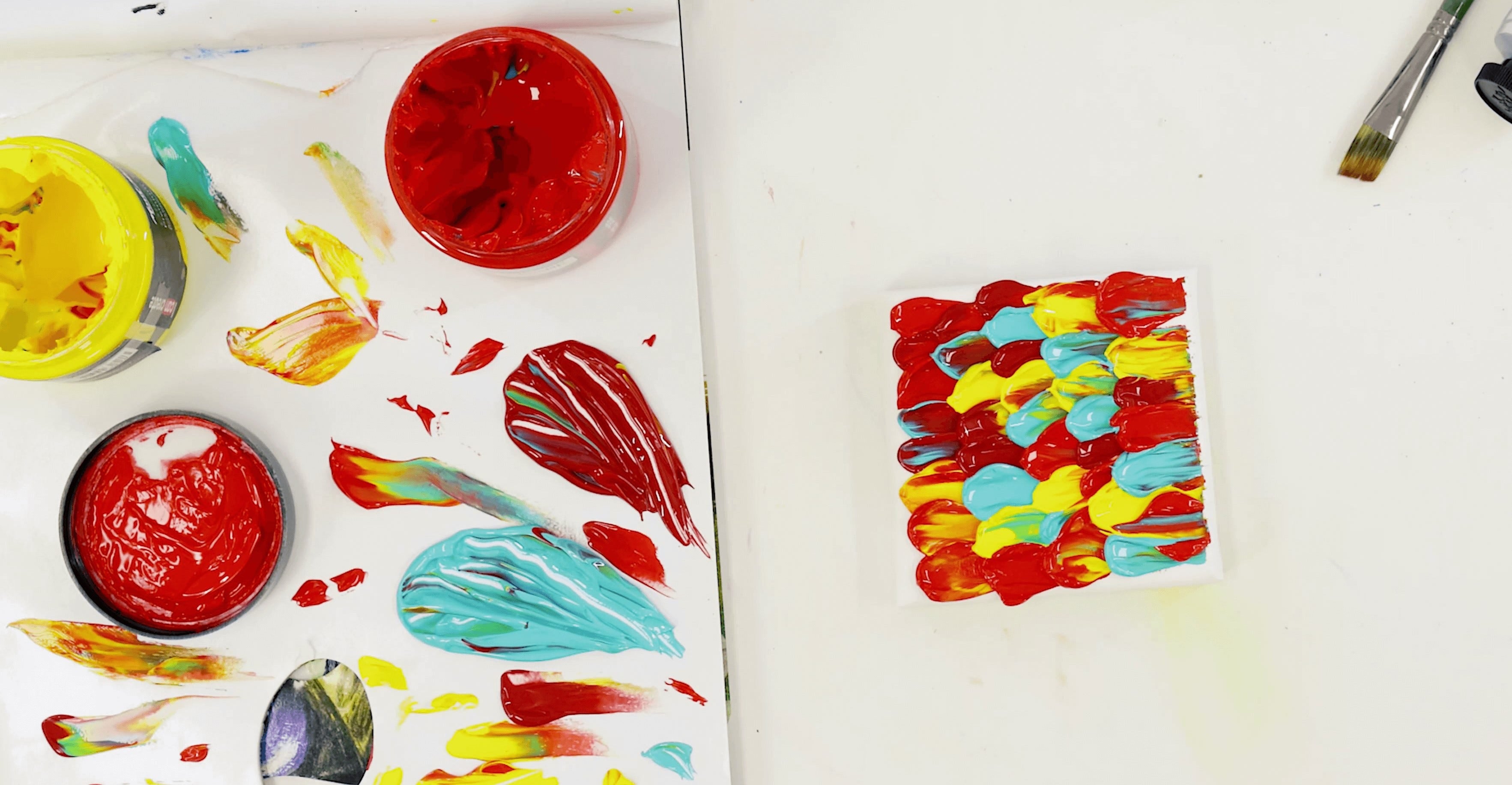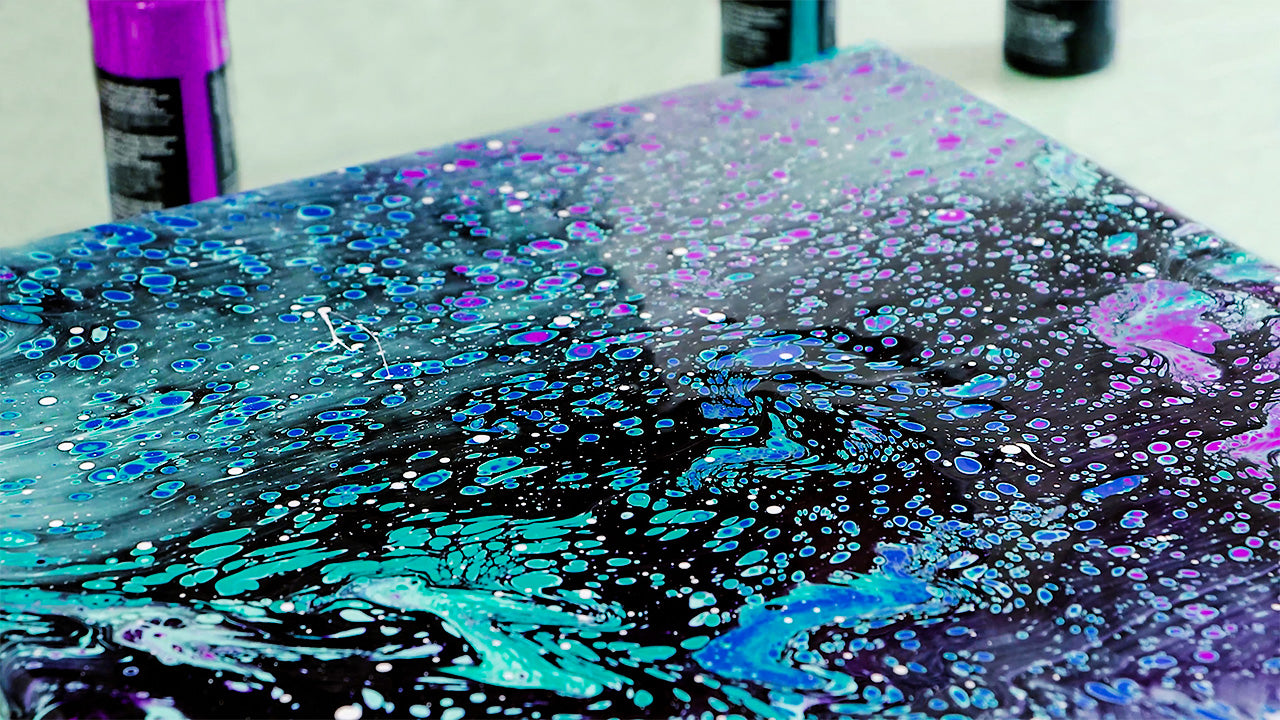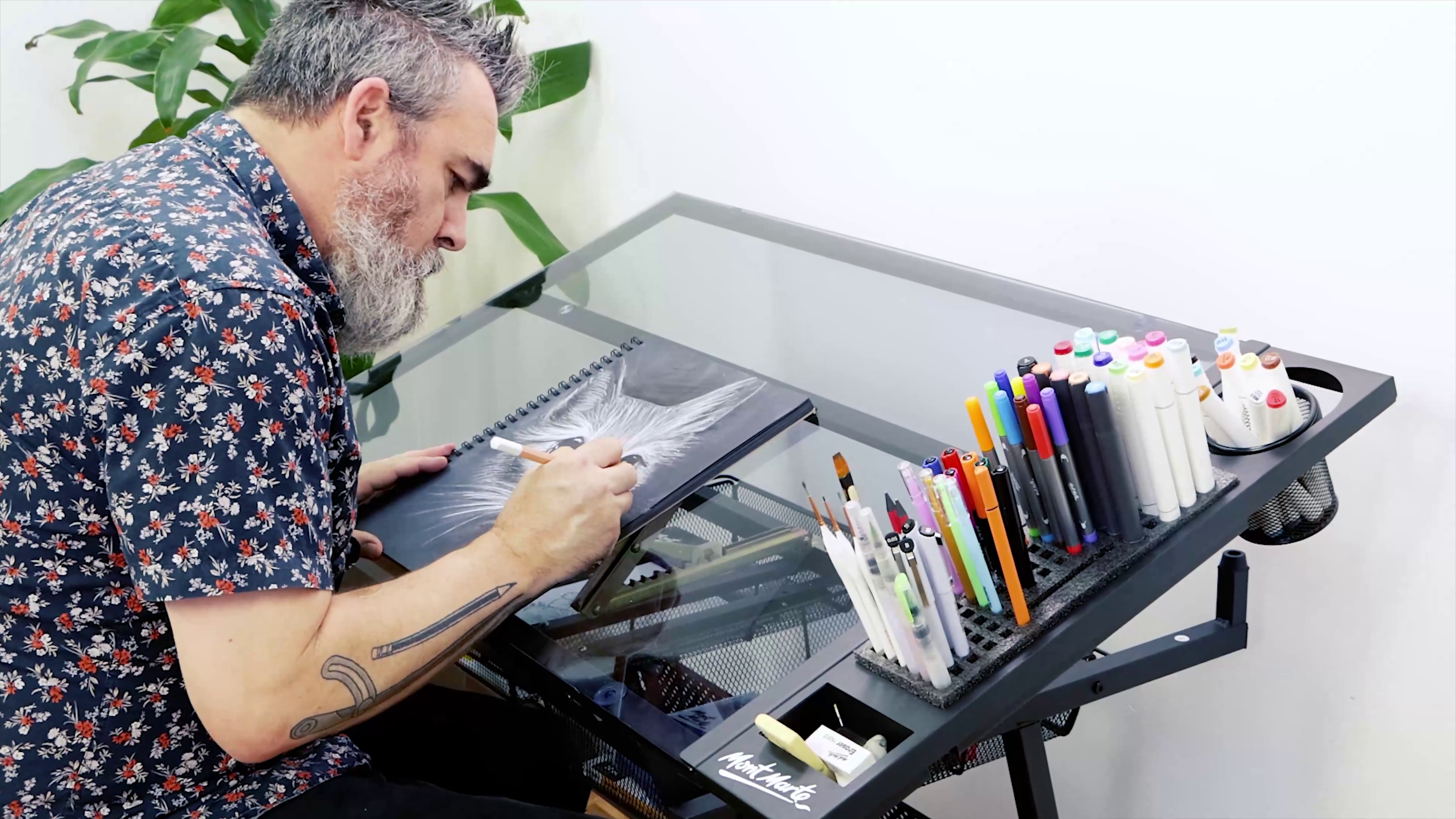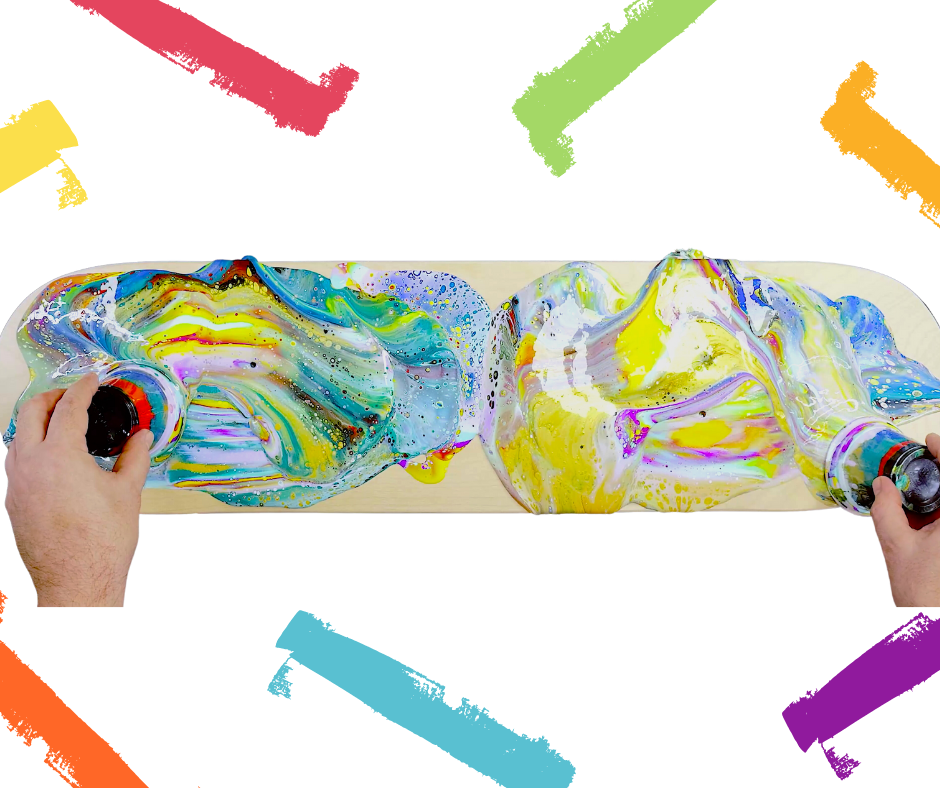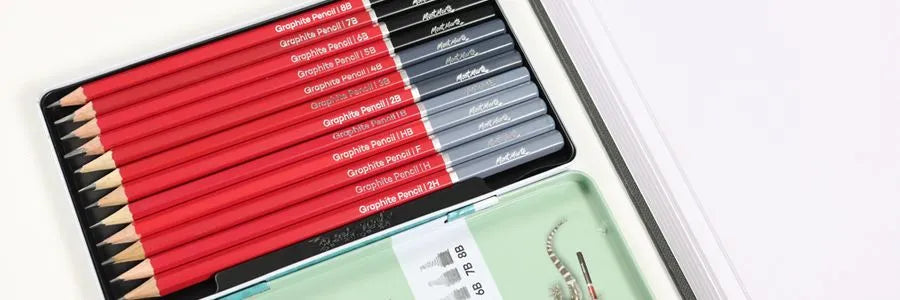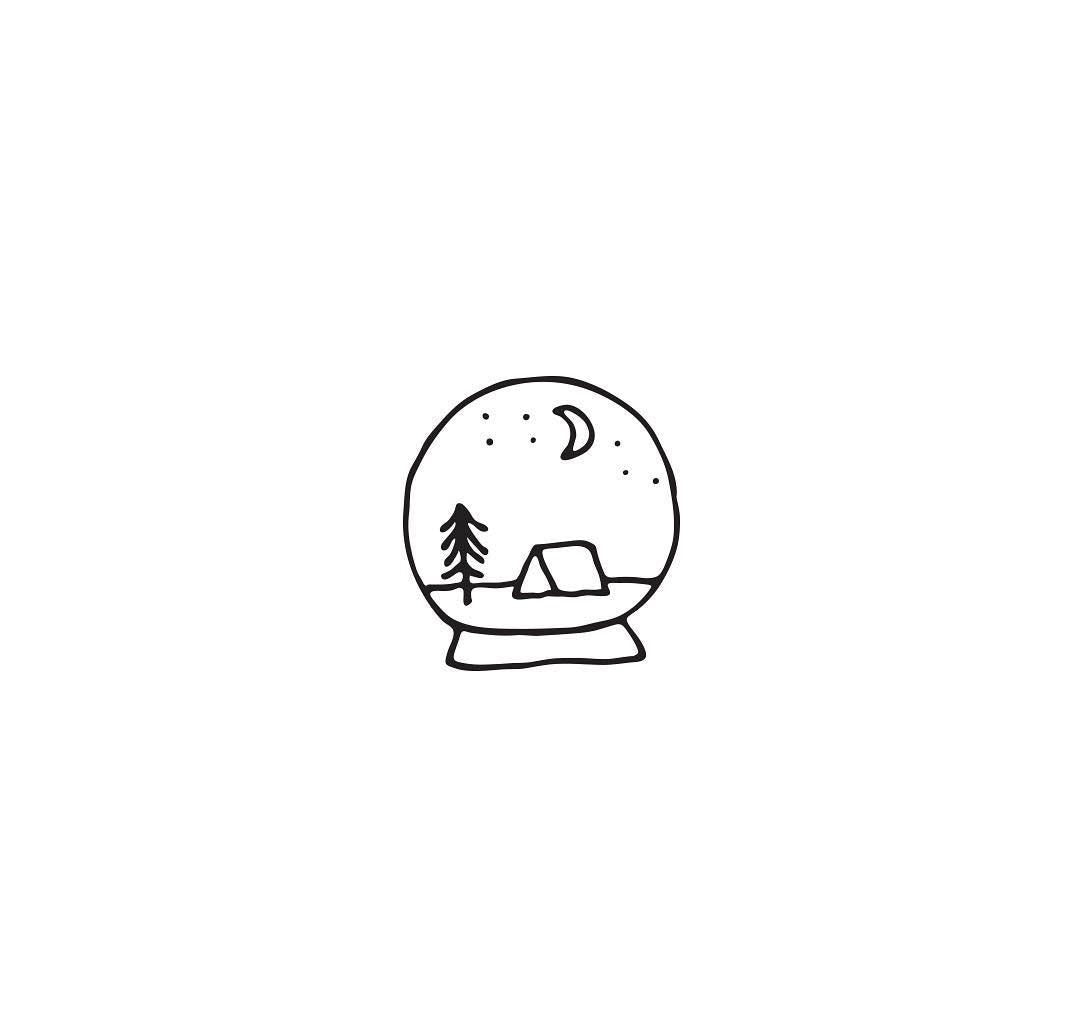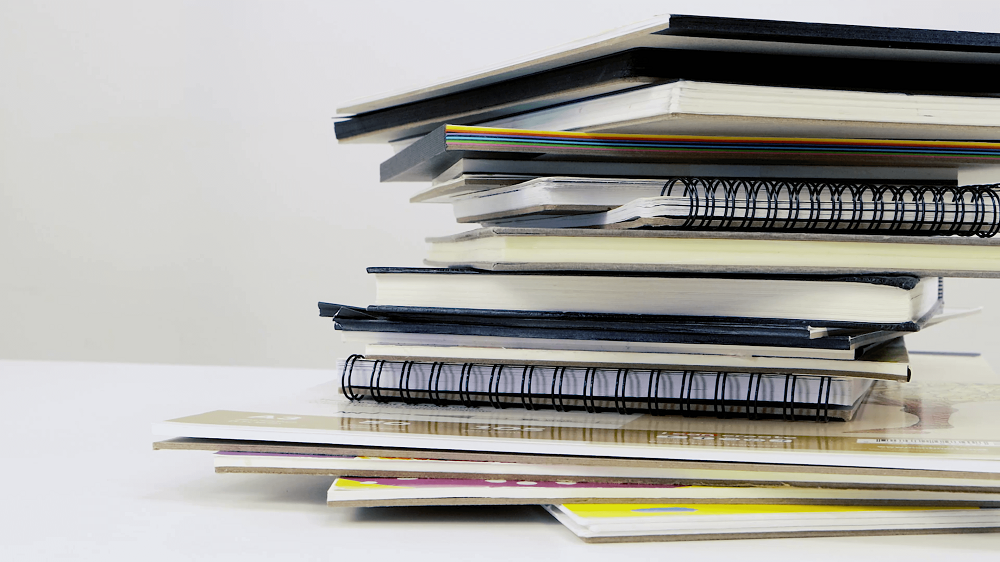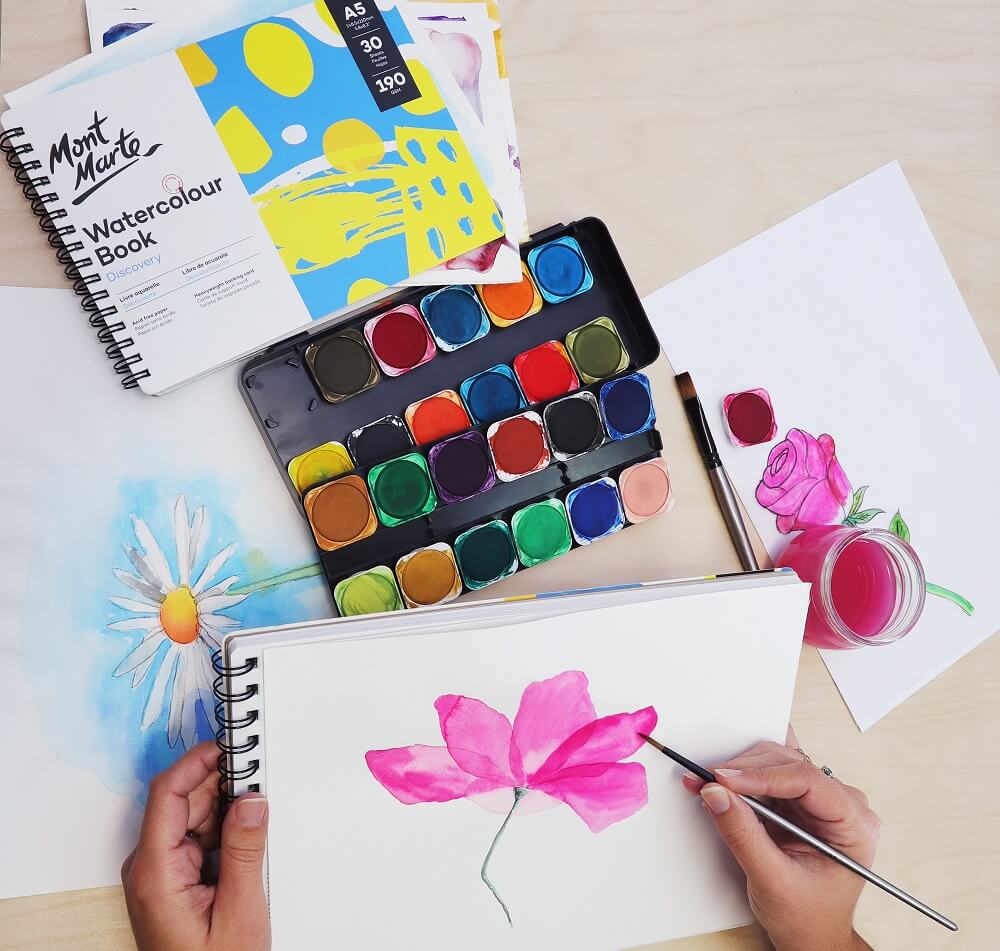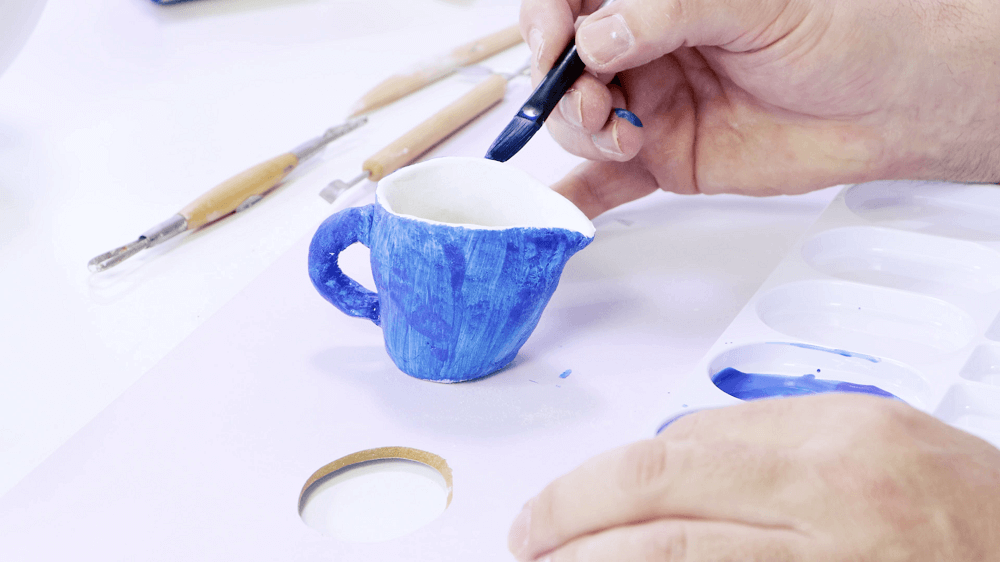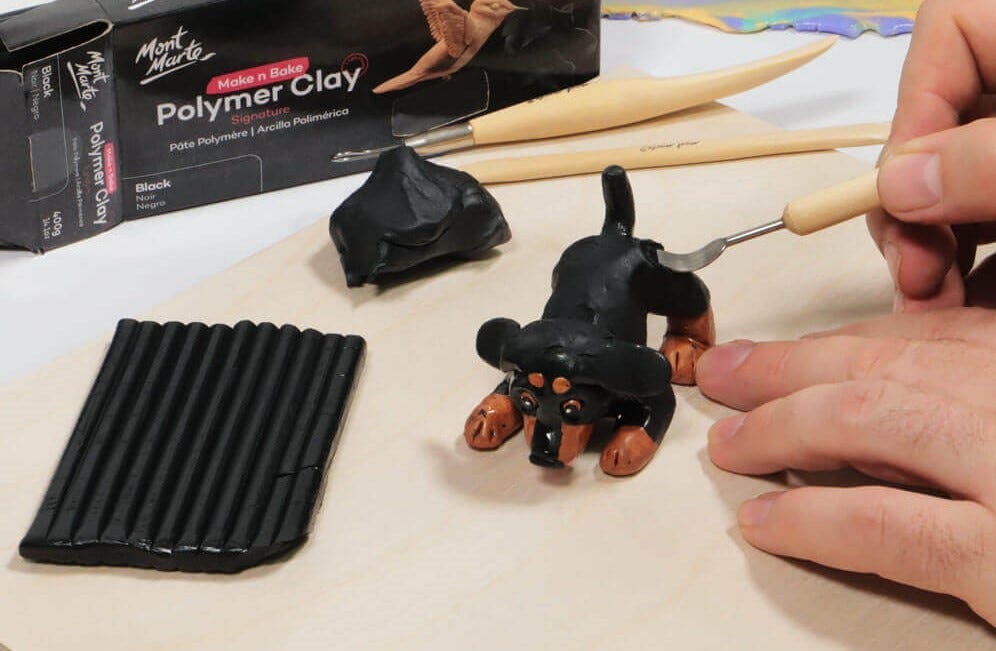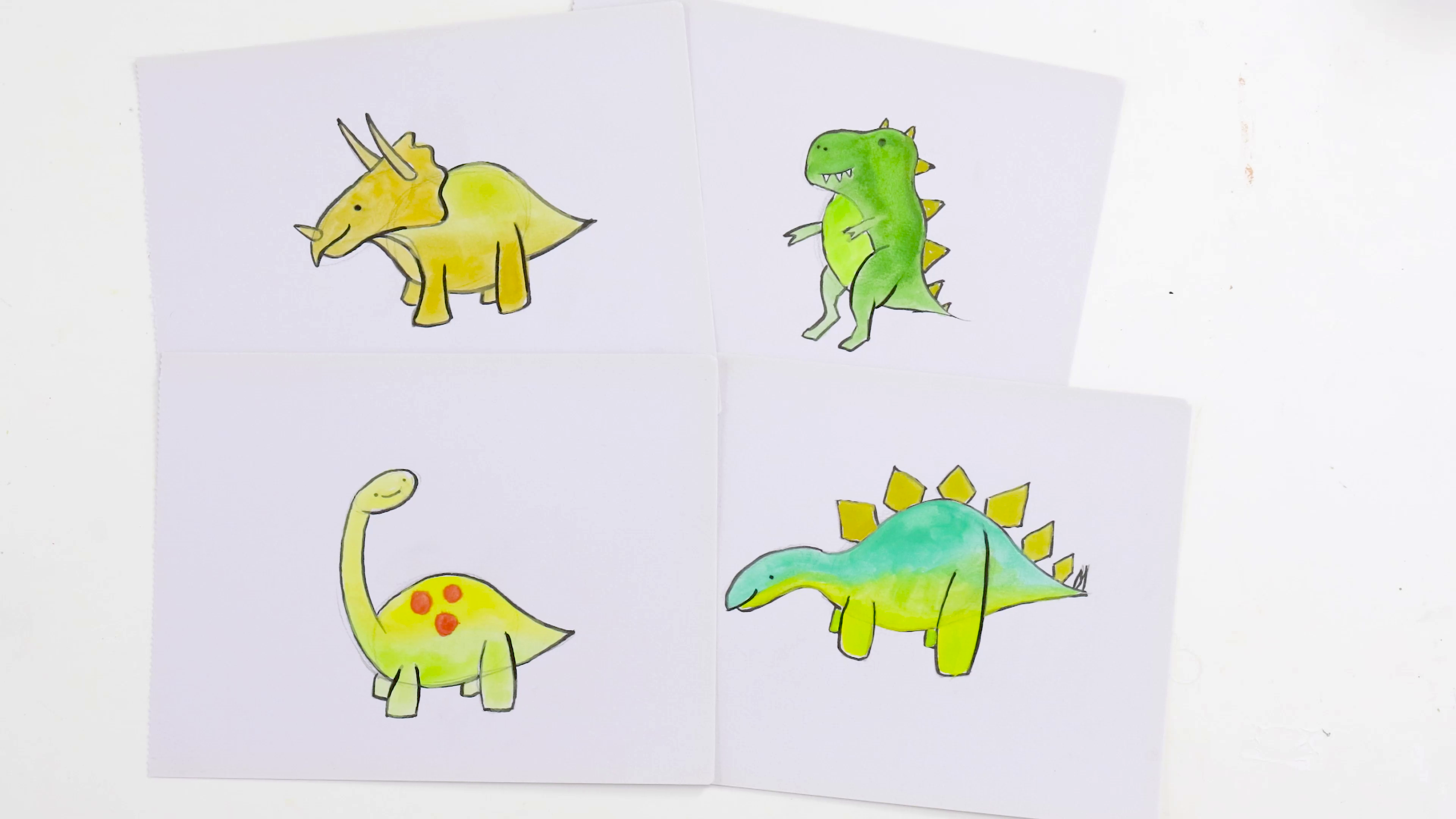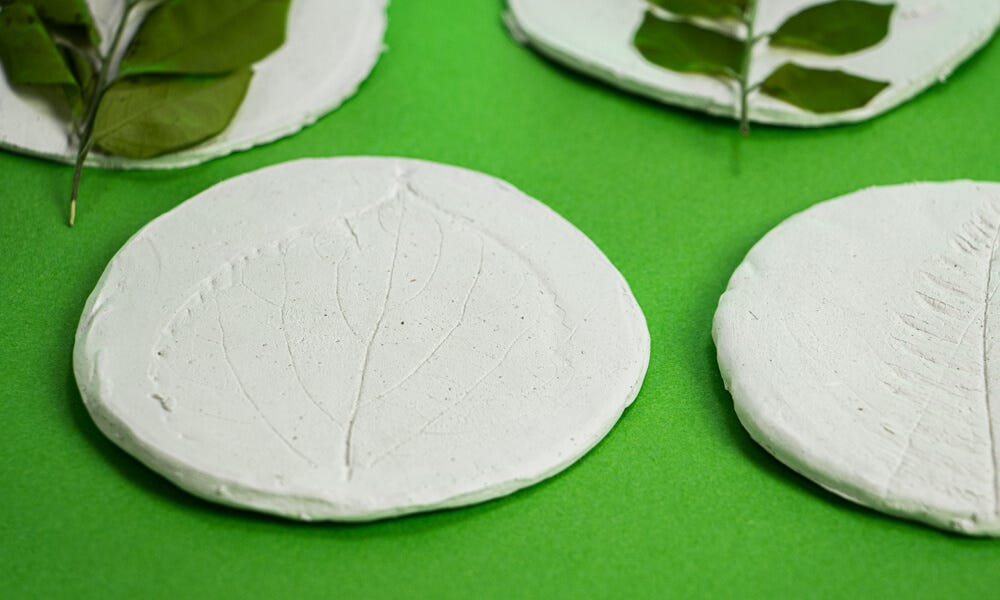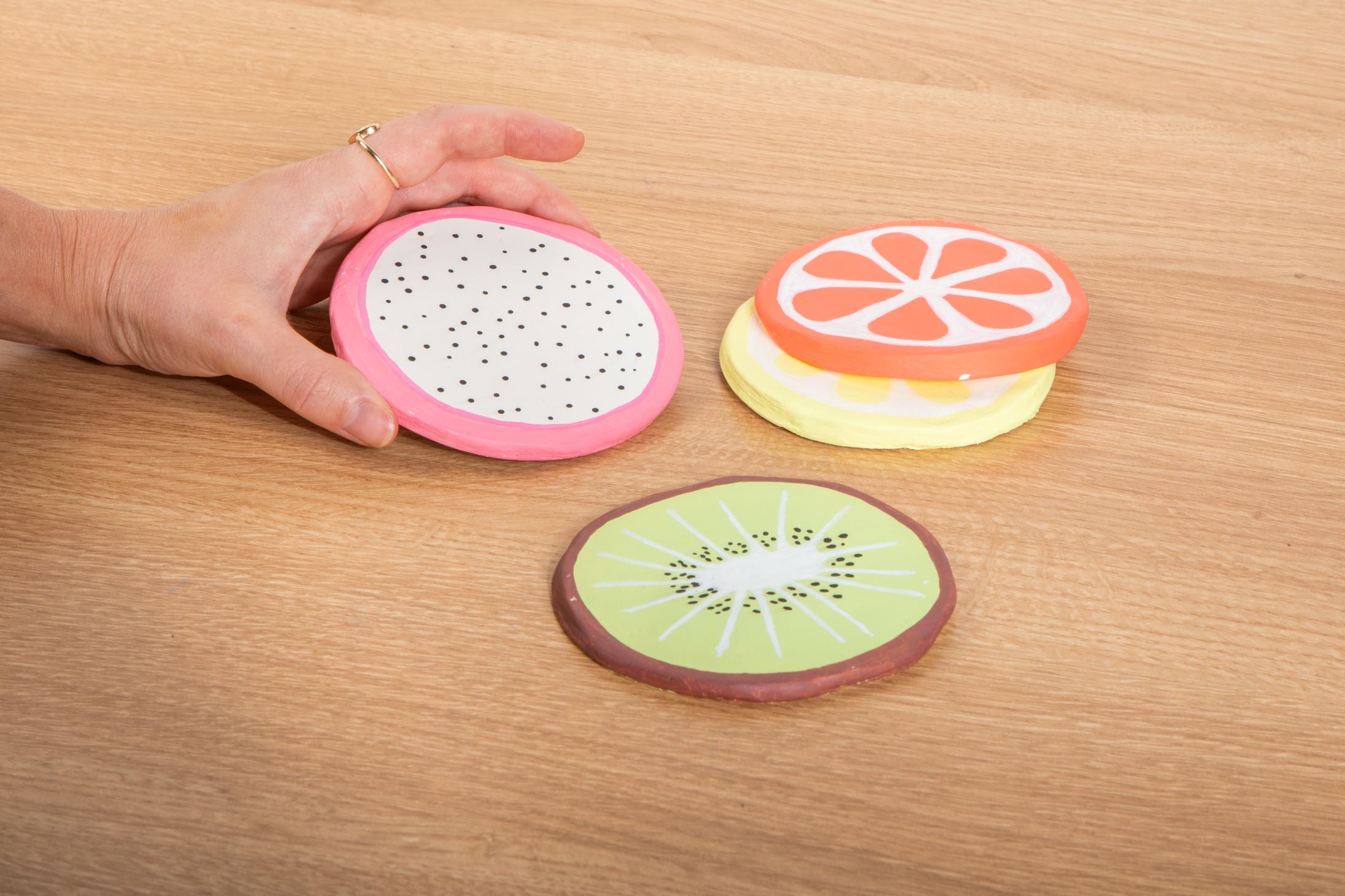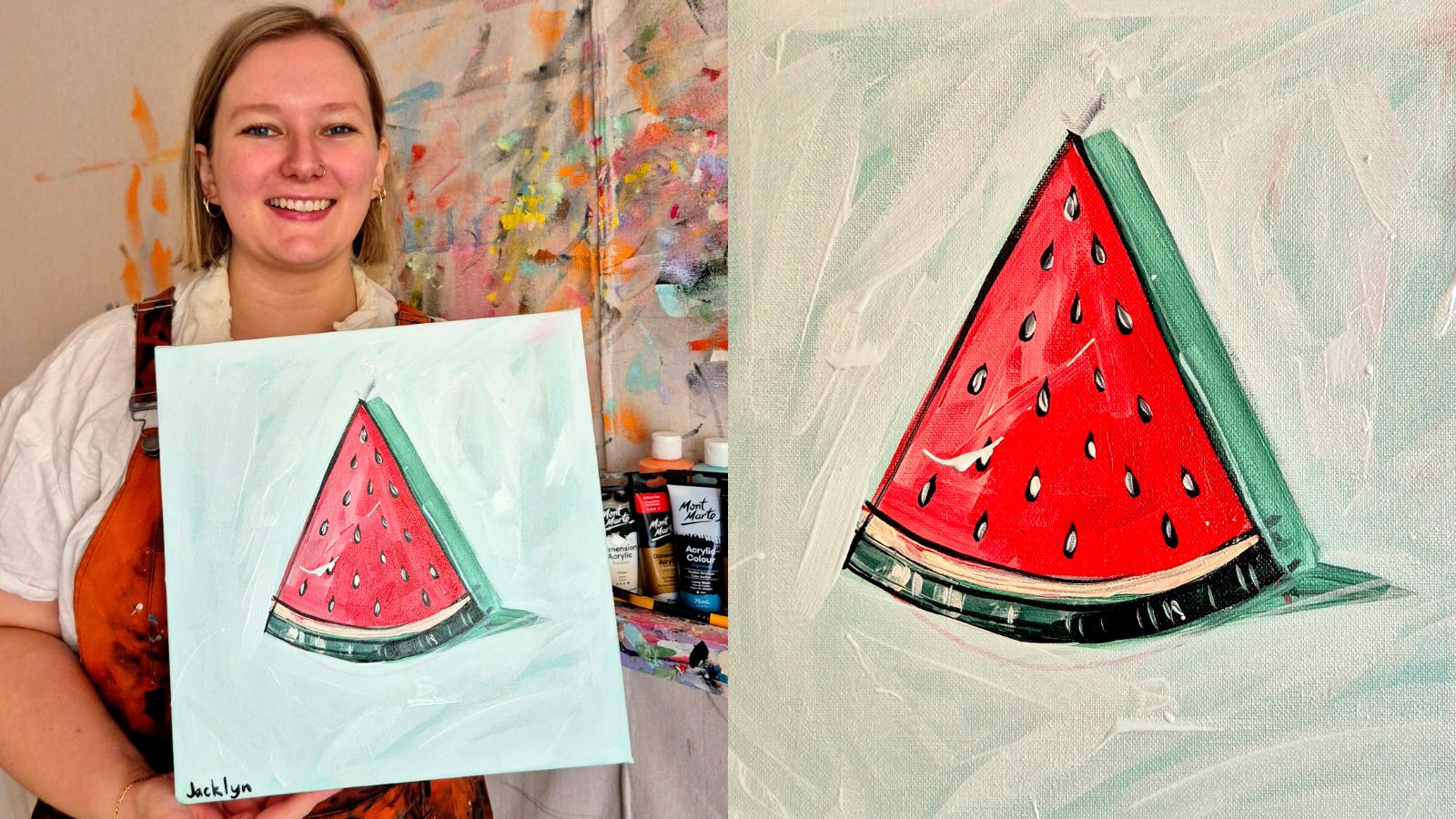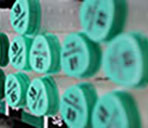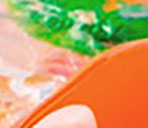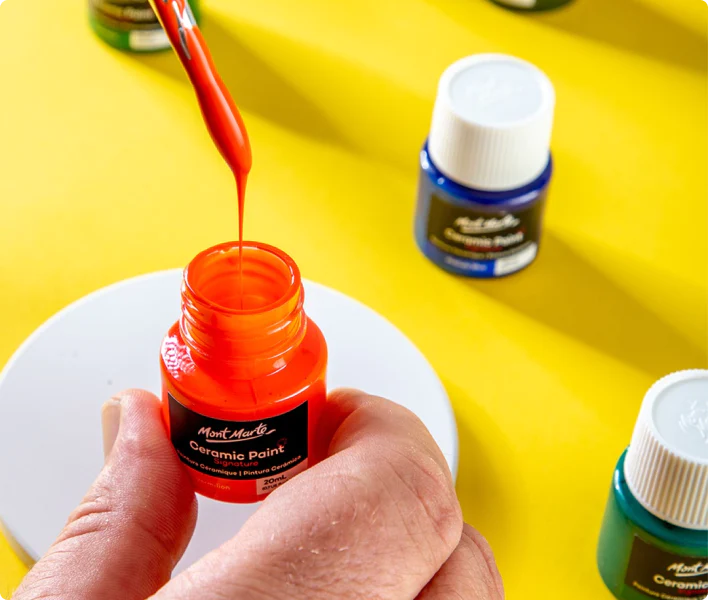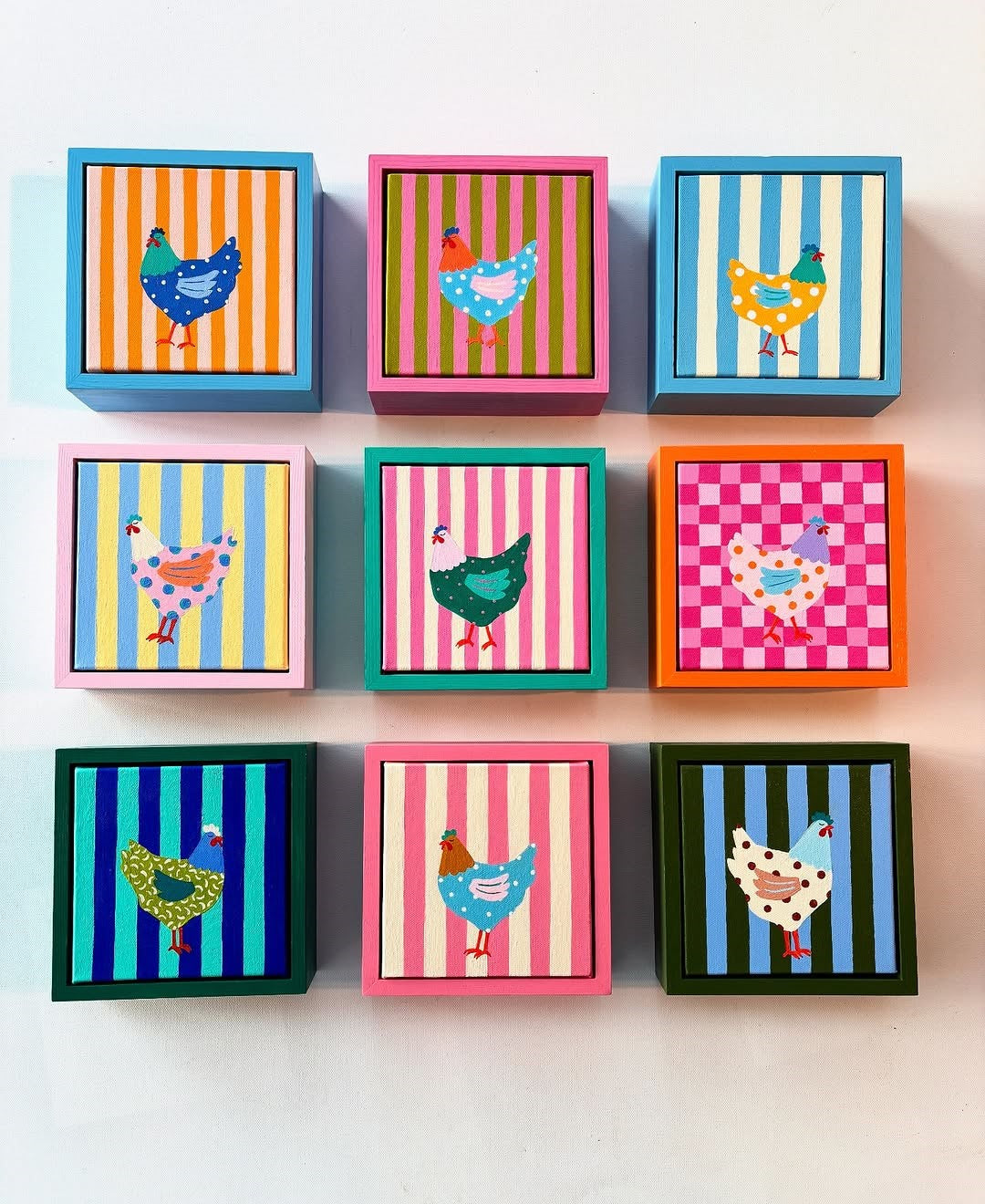Wanting to get into sketching but not sure where to start? Here are 26 drawing techniques, each with a step-by-step video guide to give you the confidence to create.
1. Hatching
Hatching is a great way to shade when you’re using a pen. If you want to give it a go, draw some lines close together, making sure they’re parallel to each other. This will add depth and shadow to your drawing while keeping your artwork clean.
2. Cross hatching
Bring an edge to your artwork with cross hatching. This gritty drawing technique is also made up of small lines designed to create shadows, depth and dimension on your page – but this time it’s done by crossing the lines over each other – instead of placing them side by side.
3. Free hatching
Want to create an optical illusion? Free hatching gives off a textured look without adding other mediums to your page. This technique layers short and long lines with lines in different directions. Handy tip: longer strokes give your drawing extra height!
4. Tonal scribbles
Tonal scribbles are made using circular patterns to fill up your page. The more you layer this technique, the darker the area will become. This is great for shading and scribbles can add a lot of personality to your piece!
5. Dots
Give your artwork a fuzzy effect using dots. Fill an empty page with sparse spaced dots to save your ink, or you can always use more and space them more closely to darken the look of the page. This is a technique that any skill level can tackle!
6. Contour
Ready to play with lighting? Contouring uses broad strokes to make shadows and highlights. Angle your strokes closer together in areas you want to darken and bring them further apart to create a highlight effect. You can always thicken up your shadows by adding extra lines at their base.
7. Classic rendering
Throw yourself into rendering to add colour, shading and depth. Use a darker pencil, applying it thickly to your shadows. Lighten your pressure on the pencil to give a softer lead application when you want to create highlights. If you muck up, don’t worry! You can always use an eraser to get rid of mistakes, and to help define your highlights too.
8. Blending
Grab your charcoal and pencils for this one. Darken your art and use a blending tool to smooth the lines. If you don’t have a blending tool, get grubby and use your fingers. Blended shading techniques can create a really neat colour gradient with a smooth finish.
9. Smudging
This technique works great with charcoal or pencils, using a blending tool to smudge. Be careful and controlled, or get free and messy. It’s all about expressing yourself!
10. Line weight
Try this out by drawing lines closer together to shade and pulling them further apart to lighten. You can do this by drawing some easy parallel lines. Hint: put pressure on your pen or pencil to help thicken your lines.
11. Scribbles
Scribbles aren’t just for filling up space – you can use them to create entire shapes! Guide the circular patterns to form a shape, doubling back over the corners to sharpen the edges. Have fun and loosen the circles to form highlights.
12. Continuous zigzag
If you liked the line weight technique, you’ll love this one. Add a fun twist by keeping your lines connected and creating a continuous zigzag. Tighten your zigzags in areas to create a colour scale, loosening to lighten them as you travel across the page.
13. Combination
Mesh all your favourite styles together with the combination technique. It adds visual texture to your art and really gives you the opportunity to show off your personality. You can even use one method as a base, and another to layer over the top to make a great shading drawing!
14. White highlights
Mix things up and use white markers on black paper. Put your hatching skills to work and create parallel lines on the page, this time using your paper as a shadow base. The closer the white lines are to each other, the brighter the area will be.
15. Continuous line
This is a fun drawing technique that anyone can try! Simply place your pen or pencil onto the paper and begin drawing without lifting your pen off of the page. It's super fun and anyone can give it a whirl, just don't lift your pen off and keep that free-flowing line going. Plus, you can also go back and forth to create definition and emphasis.
16. Basket weave
Add intricate patterns to any drawing with the basket weave technique. Draw tight vertical lines then swap to horizontal lines and keep them all the same length. This technique adds a cool effect and will add texture to any work.
17. Fish scale
Brighten up your works by adding in the fish scale technique. This is great for adding intricate patterns to any drawing, just alternate the scales and interlock them as you go.
18. Interwoven
Add a point of interest or texture to your work and try the interwoven technique. Keep your lines tight and change direction often to create the textured, interwoven technique.
19. Diamonds
If you're in need of designing a floor or a background in your next artwork, why not try this technique. Create a lattice pattern and fill in every second row of diamonds, leaving the first empty. Or alternate the colours, using a different one for each row if you're using bright colours in your work.
20. Large basket weave
Another take on the basket weave technique, this technique creates the illusion of weaving but with larger grid-like marks. Create horizontal and vertical lines and shade in between the weave to create definition.
21. Fishbone
Try your hand at another great textured pattern with the fishbone technique. This drawing technique is where short lines are created at an angle, then separated with a line and repeated at alternative angles. This can add texture and interest to your drawings, so give it a crack yourself.
22. Leaf print
Looking for more detailing? Take a leaf out of our book and try the leaf drawing technique. Start by creating rounded diamond shapes, then draw a line through each of them. Fill the diamonds with alternating lines to create tone, this will give the optical illusion that the area is filled with leaves.
23. Uneven circles
This technique uses different sized circles to create definition and interest to your piece. Whether you use a pen, a marker, a pencil or a crayon, have fun as you draw large circles and small circles and get creative as you fill in the space with alternating sizes of smaller and larger circles.
24. Triangles
Add dimension and contrast to any background with the triangle drawing technique. To create this, draw an outline of triangles and alternate filling in every second row of triangles, this will add an interesting texture to your next masterpiece!
25. Geometric
Who said geometric patterns were for the 80's? Add a dash of fun and interest to your drawing with this technique. Begin by creating a repetitive pattern and shade the outside area. Think fun squiggly shapes or zigzags, then add in fine lines to every second section to create a dimensional illusion.
26. Square spirals
Another fun way to add detail to your work, the square spiral technique of course! This repeating pattern is easy to create and great for adding interest and texture. Have fun alternating sizes and filling the space with these squared spirals.


